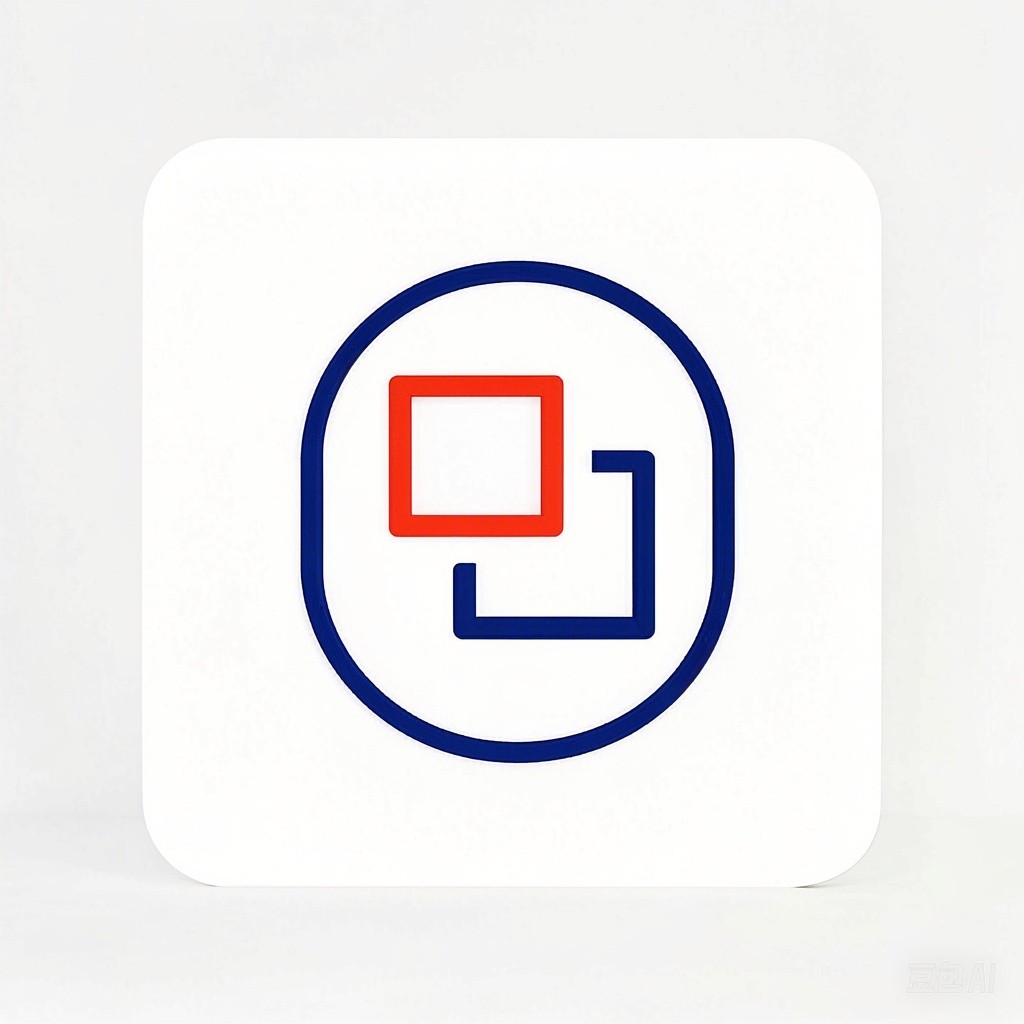引言
Visual C++作为微软开发的一款强大的编程工具,广泛应用于桌面应用程序、游戏开发、企业级应用等领域。掌握Visual C++编程精髓,不仅需要扎实的理论基础,更需要丰富的实战经验。本文将深入解析500个实战技巧,帮助读者提升Visual C++编程水平。
第一部分:基础技巧
1.1 数据类型和变量
- 技巧:合理选择数据类型,避免数据溢出和内存浪费。
- 示例:使用
int类型存储整数,使用float或double类型存储浮点数。 - 代码:
int num = 10; float pi = 3.14159;
1.2 控制结构
- 技巧:熟练使用
if、switch、for、while等控制结构,提高代码可读性。 - 示例:使用
switch语句实现多条件判断。 - 代码:
switch (num) { case 1: cout << "One" << endl; break; case 2: cout << "Two" << endl; break; default: cout << "Unknown" << endl; }
1.3 函数和类
- 技巧:合理设计函数和类,提高代码复用性和可维护性。
- 示例:将功能相似的代码封装成函数,将具有相同属性和行为的对象封装成类。
- 代码: “`cpp // 函数 void printNumber(int n) { cout << n << endl; }
// 类 class Rectangle { public:
int width;
int height;
Rectangle(int w, int h) : width(w), height(h) {}
int getArea() {
return width * height;
}
};
## 第二部分:进阶技巧
### 2.1 异常处理
- **技巧**:使用`try`、`catch`、`throw`等关键字处理异常,保证程序稳定运行。
- **示例**:捕获并处理文件读取异常。
- **代码**:
```cpp
try {
ifstream file("example.txt");
// 读取文件内容
} catch (ifstream::failure& e) {
cout << "Error opening file: " << e.what() << endl;
}
2.2 多线程编程
- 技巧:使用
std::thread、std::mutex等关键字实现多线程编程,提高程序性能。 - 示例:计算两个数的乘积,使用多线程加速计算过程。
- 代码:
“`cpp
#include
#include
int multiply(int a, int b) {
return a * b;
}
int main() {
std::thread t1(multiply, 10, 20);
std::thread t2(multiply, 30, 40);
t1.join();
t2.join();
cout << "Result: " << multiply(10, 20) * multiply(30, 40) << endl;
return 0;
}
### 2.3 设计模式
- **技巧**:熟练掌握常见设计模式,提高代码结构和可扩展性。
- **示例**:使用工厂模式创建对象,降低代码耦合度。
- **代码**:
```cpp
// 抽象产品
class Product {
public:
virtual void use() = 0;
};
// 具体产品
class ConcreteProductA : public Product {
public:
void use() override {
cout << "Using product A" << endl;
}
};
// 抽象工厂
class Factory {
public:
virtual Product* createProduct() = 0;
};
// 具体工厂
class ConcreteFactoryA : public Factory {
public:
Product* createProduct() override {
return new ConcreteProductA();
}
};
// 客户端代码
int main() {
Factory* factory = new ConcreteFactoryA();
Product* product = factory->createProduct();
product->use();
delete product;
delete factory;
return 0;
}
第三部分:高级技巧
3.1 STL容器
- 技巧:熟练使用STL容器,提高代码效率和可读性。
- 示例:使用
std::vector存储动态数组。 - 代码:
“`cpp
#include
#include
int main() {
std::vector<int> numbers = {1, 2, 3, 4, 5};
for (int i = 0; i < numbers.size(); ++i) {
cout << numbers[i] << " ";
}
cout << endl;
return 0;
}
### 3.2 模板编程
- **技巧**:使用模板编程,提高代码复用性和可扩展性。
- **示例**:实现一个通用的排序算法。
- **代码**:
```cpp
#include <iostream>
#include <vector>
// 通用的排序算法
template <typename T>
void sort(std::vector<T>& arr) {
// 使用冒泡排序算法
for (int i = 0; i < arr.size() - 1; ++i) {
for (int j = 0; j < arr.size() - i - 1; ++j) {
if (arr[j] > arr[j + 1]) {
std::swap(arr[j], arr[j + 1]);
}
}
}
}
int main() {
std::vector<int> numbers = {5, 2, 9, 1, 5};
sort(numbers);
for (int i = 0; i < numbers.size(); ++i) {
cout << numbers[i] << " ";
}
cout << endl;
return 0;
}
总结
本文深入解析了500个Visual C++编程实战技巧,涵盖了基础、进阶和高级层面。通过学习和应用这些技巧,读者可以显著提升自己的编程水平。在实际开发过程中,不断总结和积累经验,才能成为一名优秀的Visual C++程序员。
